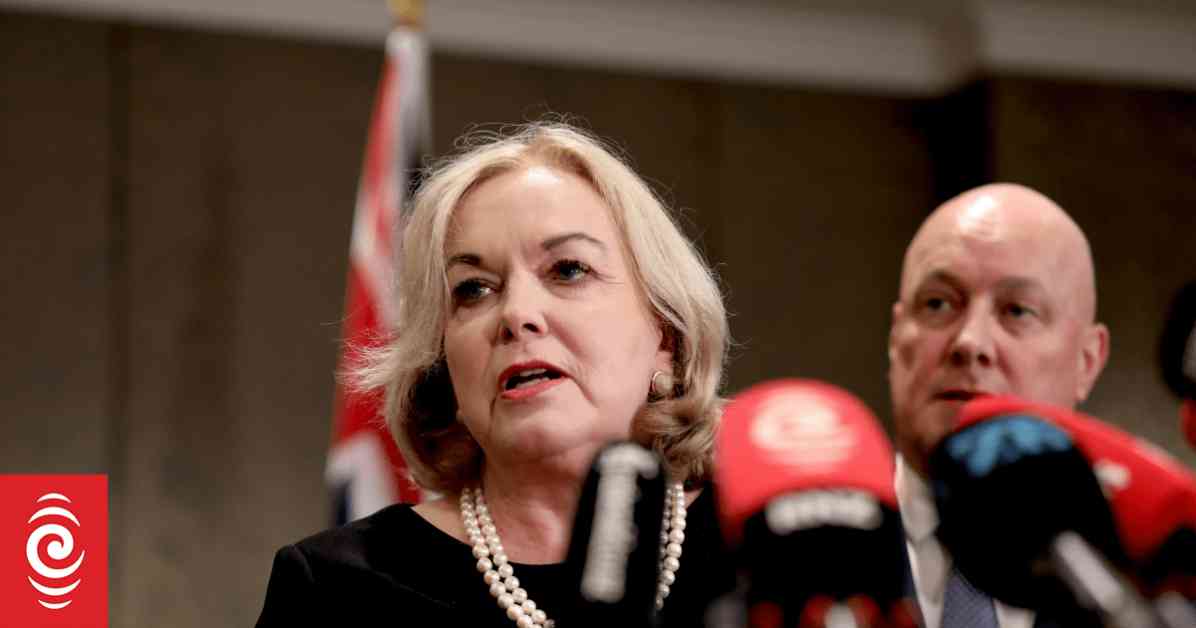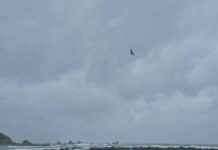China’s Military Exercise in Tasman Sea Raises Concerns
The Tasman Sea, a vast expanse of water nestled between New Zealand and Australia, recently became the stage for China’s live firing activity, sending ripples of concern across the region. The Minister of Defence, Judith Collins, shed light on this development, highlighting that China’s naval Task Group had embarked on a second round of live firing exercises, catching many by surprise.
Collins emphasized the importance of safety in the area, noting that the New Zealand Defence Force had confirmed the firing of live rounds from the Zunyi’s main gun. Such military maneuvers, although not uncommon, raised questions about notification procedures and best practices in conducting such exercises. The communication aspect, especially in terms of timely warnings, remained a focal point for further discussion and improvement, Collins added.
Prime Minister Christopher Luxon echoed Collins’ sentiments, expressing his surprise at the sudden appearance of Chinese warships in the Tasman Sea. The configuration of the Chinese task group, comprising a destroyer, cruiser, and frigate, added an air of mystery to the situation. Luxon emphasized that China had not provided any prior information regarding the purpose of their presence in the region, leaving many puzzled about their intentions.
A Startling Encounter: Unexpected Radio Messages and Rerouted Flights
The unfolding drama in the Tasman Sea took an unexpected turn when commercial airline staff intercepted radio messages from Chinese navy ships, urging them to divert from a designated area due to ongoing military drills. This prompted several airlines to reroute their flights or closely monitor the situation, highlighting the impact of such military activities on civilian operations.
Luxon’s acknowledgment of China’s adherence to international law and the UN Convention on the Law of the Sea provided a backdrop for discussions around freedom of navigation and the need for transparency in maritime operations. The presence of the HMNZS Te Kaha frigate and P-8A Poseidon aircraft monitoring the Chinese fleet underscored the collaborative efforts between New Zealand and Australia in tracking and shadowing the movements of the warships.
Despite the lack of formal warning from Chinese authorities about the live firing exercises, naval personnel aboard the Te Kaha frigate reported observing behavior consistent with such activities. The sighting of a floating target being deployed and recovered by the Chinese crews hinted at the nature of the drills, although no definitive evidence of live fire was confirmed.
Calls for Transparency and Dialogue: International Reactions and Diplomatic Exchange
As news of China’s naval exercises reverberated globally, Australian officials, including Minister for Foreign Affairs Penny Wong and Minister for Defence Richard Marles, engaged in diplomatic discussions with their Chinese counterparts. Wong’s call for transparency and professionalism in military conduct resonated with concerns raised by various stakeholders, emphasizing the need for clear communication and adherence to international norms.
Marles, echoing similar sentiments, highlighted the discrepancy in notification practices between countries, noting that China’s actions, while lawful, lacked the customary advance notice typically provided in such situations. The importance of upholding international law in maritime operations underscored the delicate balance between military exercises and diplomatic relations, as countries navigated the complexities of security and cooperation in shared waters.
In a statement issued by the Chinese foreign ministry, spokesman Guo Jiakun reaffirmed China’s commitment to safety standards and professional conduct during the naval exercises, aligning their actions with international laws and practices. The ongoing dialogue between nations aimed at clarifying the motives behind China’s maneuvers and ensuring mutual respect for established protocols in maritime engagements.
As the waves of uncertainty and scrutiny ebbed and flowed in the Tasman Sea, the significance of open communication, adherence to international norms, and collaborative monitoring underscored the delicate dance between military preparedness and diplomatic dialogue. The evolving situation called for continued vigilance, transparency, and engagement to foster trust and understanding among nations navigating the vast waters of shared security and strategic interests.

















